Retrospective on Star Trek: The Original Series
When the original Star Trek series first aired in 1966, few could have dreamed of the franchise that it would spawn. During its original run, the series fared poorly, only lasting three seasons before cancelation. For the era, Star Trek offered a taste of top-notch, revolutionary special effects alongside a thought-provoking tone. Even before it began to air, NBC executives lacked faith that the series’ cerebral nature would attract audiences. The network then delivered a death sentence to the series by reducing its budget and setting its time slot to 10 pm on Fridays.
Luckily, syndicated reruns of the series gave the franchise the second chance it required. Trekkies began to form thanks to the renewed popularity that the series achieved in the seventies. This renewed interest in Star Trek also led to the cast’s reunion through a series of feature films. Even an animated series launched in 1974 now that the franchise had a fan-following.
Thanks to the success of the first generation of Star Trek, under the command of Captain Kirk, we now have a plethora of Star Trek series, films, and merchandise. Despite the great strides that the property has made, the original series should never be forgotten. At the very least, remember it for William Shatner’s memorable acting style.
Gene Roddenberry’s vision for a future without hate and divisions
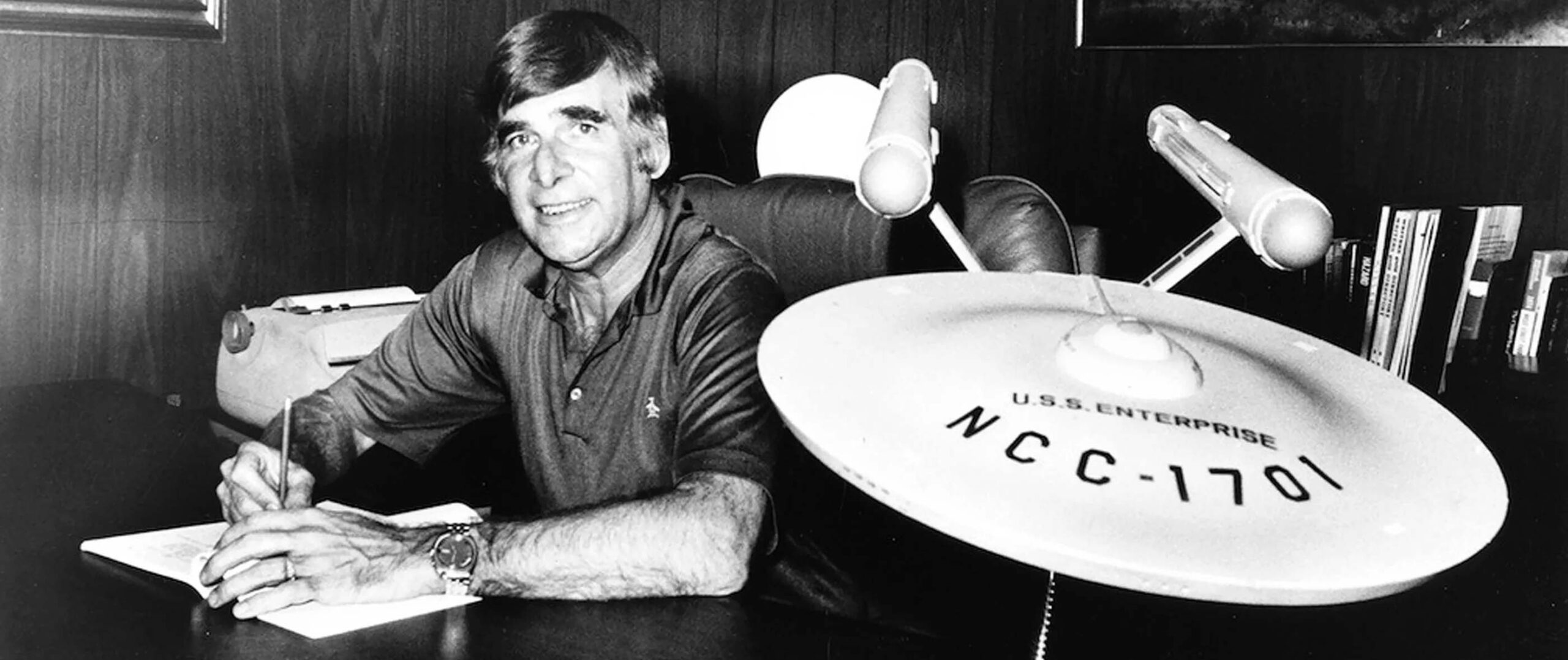
Star Trek would not exist without the visionary mind of Gene Roddenberry. Born on August 19, 1921, Gene Roddenberry spent his early years learning police sciences while fascinated by aeronautical engineering. He then served several years, even flying during World War II, in the United States Army Air Corps. After he returned to the States, he eventually moved to Los Angeles to pursue a career in writing for television.
Thus, Roddenberry applied for a position with the Los Angeles Police department as he developed his skills as a screenwriter. While he wrote several scripts for various shows during this era, he eventually decided that he had to decide to either be a police officer or a writer. So, he resigned to become a full-time writer.
As he continued to develop his skills as a writer, he noticed how productions, such as Riverboat, of the era wanted no black people on their shows. He argued for their inclusion so much at that production passed on him as their writer. Their loss led to Roddenberry signing up with Screen Gems, where he received his first chances at becoming a producer and creating a pilot for a show.
Unlike many of his era, Gene Roddenberry had turned away from his conventional upbringing as a Baptist. By the time that he was writing scripts, Roddenberry had turned his back on religion and instead saw himself as a humanist. He had hopes that by the 23rd century, humanity would move beyond the divisions that contemporary religions brought forth.
Space: The Final Frontier
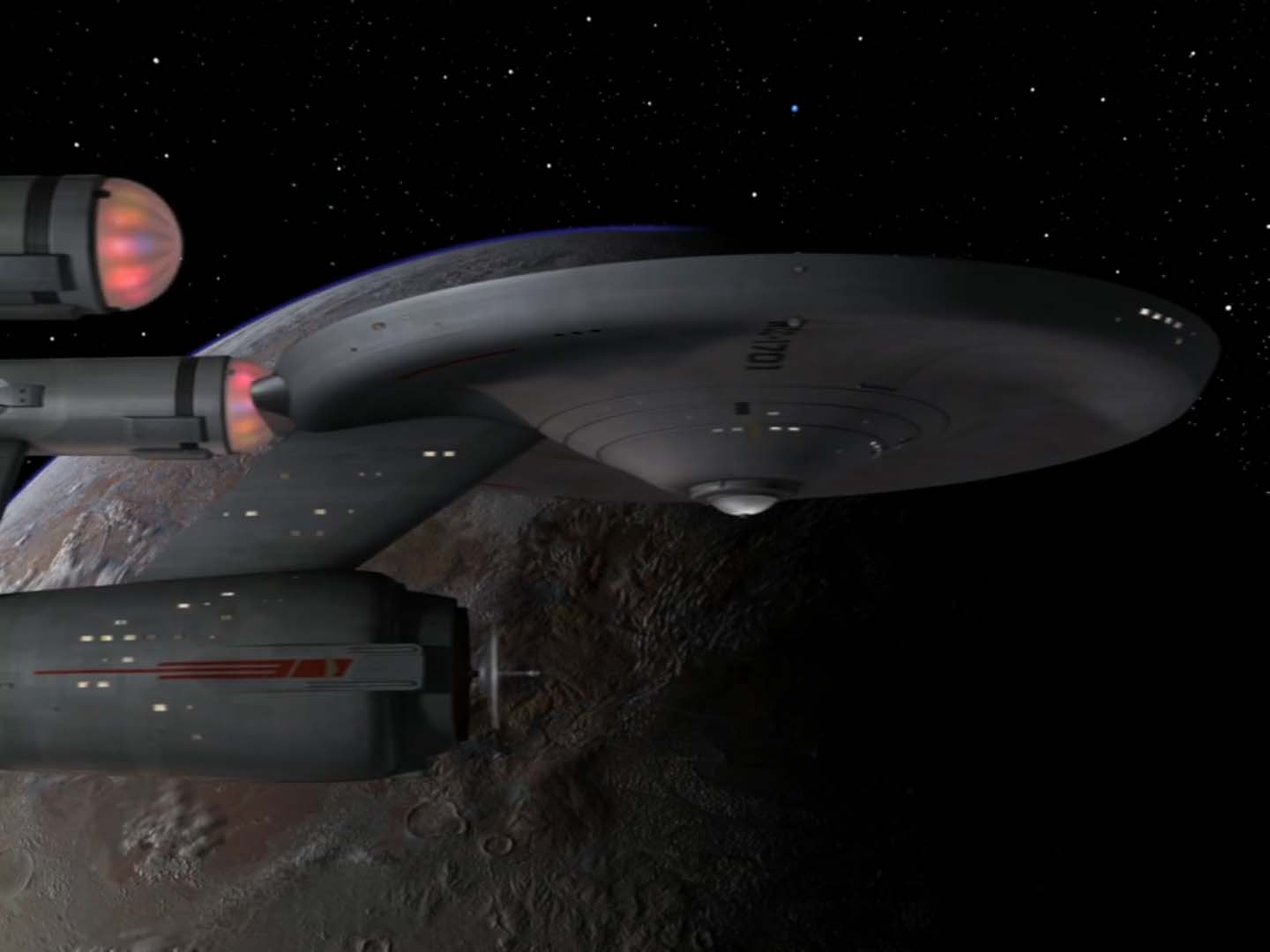
By March of 1964, Gene Roddenberry began drafting a new television series that he called Star Trek, though the original drafts featured Captain Robert April of the U.S.S. Yorktown. In the early phases, Roddenberry took influences from several science-fiction and nautical adventures, especially C.S. Forester’s Horatio Hornblower.
He also took notes from the various westerns that he had written scripts for. Like shows like Wagon Train, Roddenberry planned for each episode to be a self-contained adventure, even though the entire series showed an epic voyage through space.
As Roddenberry continued to develop this new series, Desilu Productions’s Robert F. Solow saw the appeal of the show. So, he ensured that Roddenberry would have a three-year-long contract to develop Star Trek. Unfortunately, NBC executives turned down their first production of the pilot, “the Cage”, for being too cerebral. So, Roddenberry reworked the premise, replacing several characters that originally existed in the show.
Where Captain Robert April had previously become Christopher Pike, William Shatner now took on the role of the new captain, James T. Kirk. Meanwhile, Leonard Nimoy’s character, Spock, remained present for the new incarnation of the series. Most importantly, the new cast included Nichelle Nichols as Lt. Nyota Uhura, making her the first African American woman with such an important televised role.
Now approved to air on NBC, Gene Roddenberry had his chance to introduce the world to his vision of the future. He dreamed of a utopia where money no longer held any importance in society. Likewise, divisions such as race, politics, and country lines no longer would hold sway on people. Even though he displayed the people of Earth, the Federation, to have achieved peace, conflict still existed across the vast reaches of space.
Challenging Racism and Social Norms
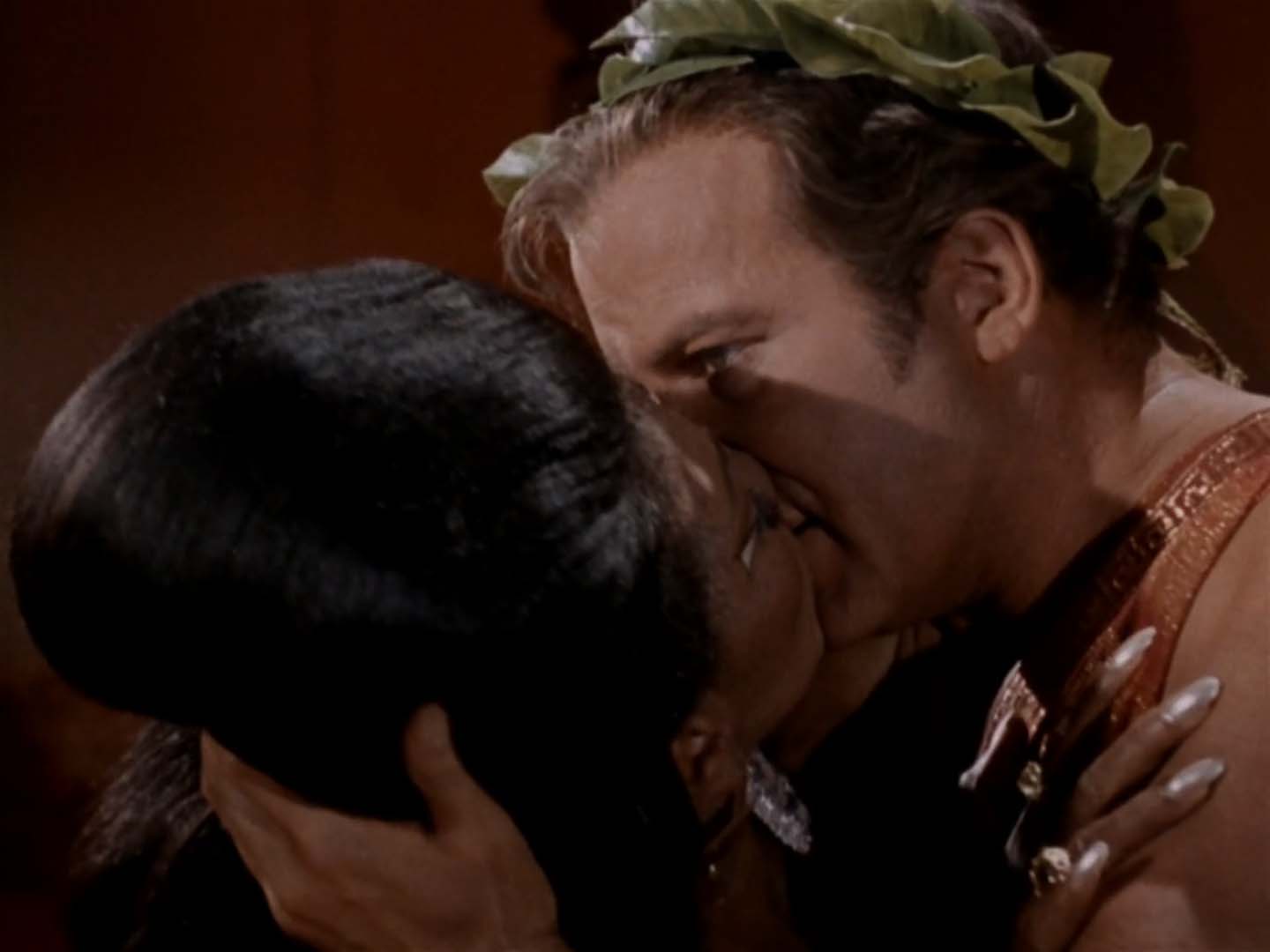
When it came to television in the late 1960s, concepts of gender and racial equality had yet to take hold. Thus, Gene Roddenberry already challenged the status quo when he arranged for Nichelle Nichols to take on one of the commanding positions on the U.S.S. Enterprise. Lieutenant Nyota Uhura served as the translator and communications officer for the crew. Her specialties in linguistics, cryptology, and philology made her a crucial member of the crew during first contacts. Her name also held great significance, for Uhura came from the Swahili word “uhuru”, which means “freedom”.
Beyond appearing in a significant televised role, Nichelle Nichols became involved in one of the first interracial kisses on network television. Even past the 1960s, interracial pairing both on television and in the real world remained controversial. Even this kiss likely would not have appeared in Star Trek if not for the international actions of both Shatner and Nichols. While the production team planned to film the scene both with and without the kiss, both actors deliberately included the kiss in each shot.
Beyond Nichols, Star Trek also included a prominent Asian role with George Takei portraying Lt. Hikaru Kato Sulu. Since Roddenberry wanted to create a character to represent Asia as a whole, he tried to give Sulu a surname that did not indicate an ethnic background. Thus, Sulu received his name from the Sulu Sea, which touched multiple Asian countries.
Captain Kirk
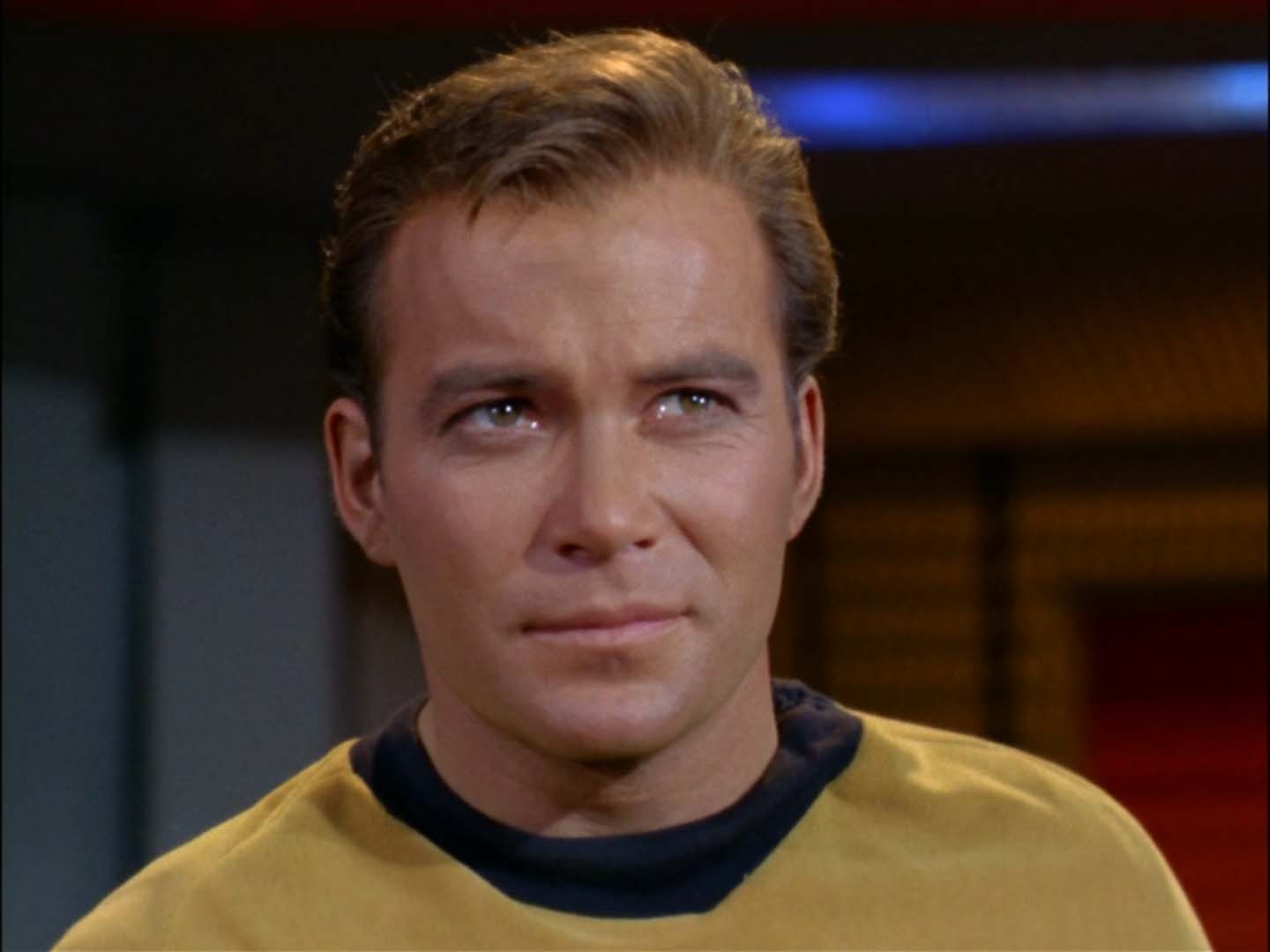
Back in the 1960s, there was only one man who was the definitive captain of the U.S.S. Enterprise, that man was James T. Kirk. Many words can describe Captain Kirk, from charismatic to headstrong, to a lady’s man. Captain Kirk earned the respect and admiration of the entire crew of the Enterprise. He would always take matters up into his own hands and face them directly. He also refused to let injustices stand by.
No matter which planet Captain Kirk found himself on, he would always step up to protect freedom and the right to live in peace. Even as a Starfleet cadet, he aided in a successful peace mission to Axanar. As the Enterprise’s captain, Kirk continued to fight for peace, even repelling a Romulan incursion.
However, Kirk’s love for peace did not mean that he was not above bending the rules so that he could succeed. To even begin his career, Kirk reprogrammed the Kobayashi Maru scenario so that he would become the only cadet to ever defeat the “no-win” scenario. While this move nearly ousted him from Starfleet, it proved his willingness to think outside of the box.
Throughout the series, Captain Kirk easily used his charm to attract and woo the women of multiple planets. Akin to many leading men of his time, Captain Kirk enamored multiple women throughout the series, including the infamous, green-skinned woman, Gaila. Despite his multiple romantic exploits, no one woman laid claim on Kirk’s heart.
Perhaps Kirk’s most significant moment occurred after he met up with Khan Noonien Singh and the survivors from the Eugenics Wars on the SS Bontany Bay. Even though Kirk respected the right of Khan’s people to live, he refused to let them run amok.
Season 1
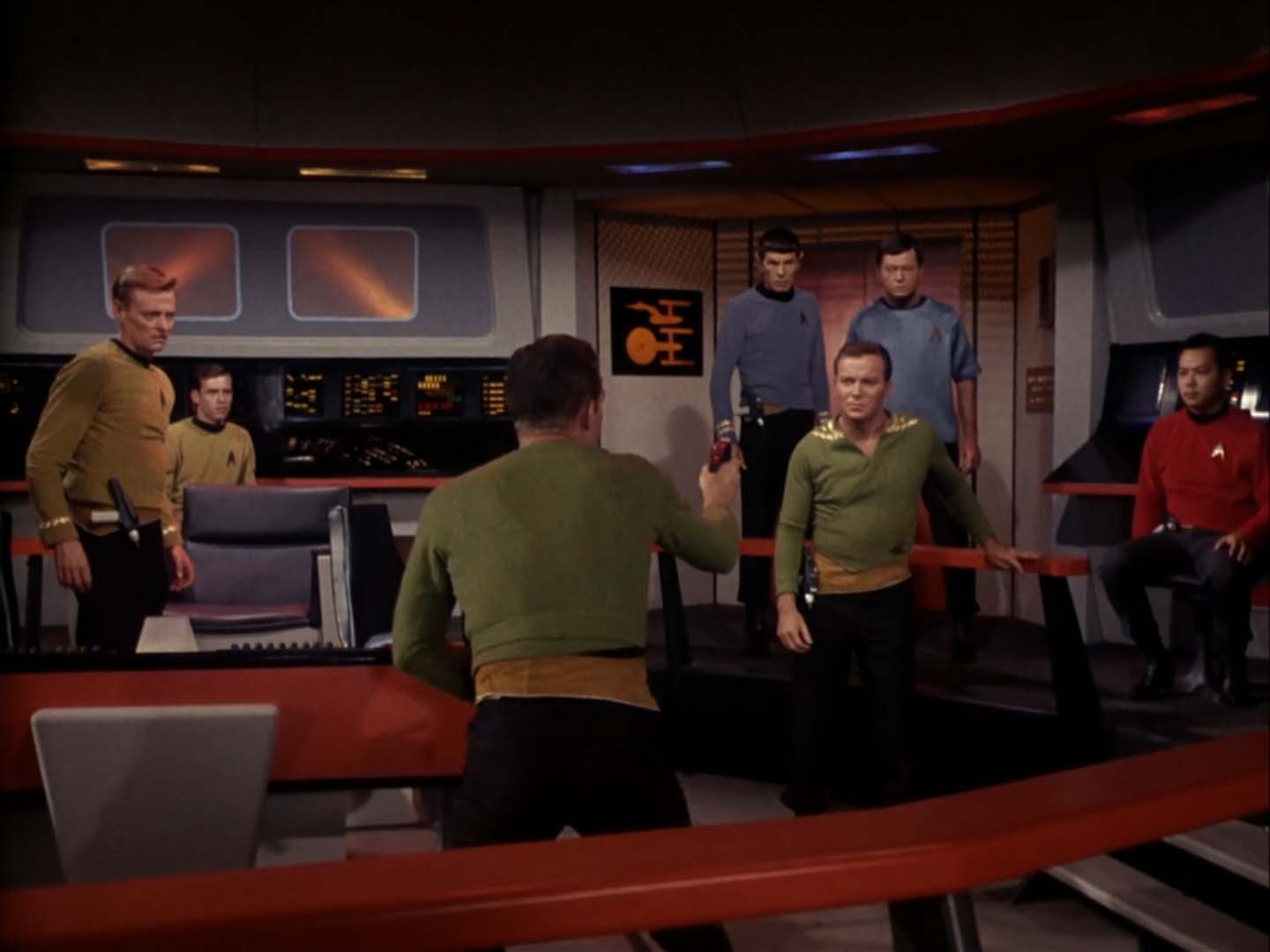
The show started with the crew of the U.S.S. Enterprise as they were well into the first year of their five-year mission to explore new worlds and go where no man has gone before. During this first season, Captain James T. Kirk and his trusted second, Mr. Spock, led the crew on several adventures. During these adventures, they faced androids, shapeshifters, and many more exotic creatures that threatened them. For instance, the Enterprise encountered a shapeshifting entity that extracted salt from bodies to survive on the planet M-113.
Sentient creatures did not provide the only dangers in the series, there were also infections and chemical influences that threaten to bring the mission to an early crew. When the Federation dispatched the Enterprise to Psi 2000, the crew came in contact with a terribly intoxicating infection that spread through touch. Only through McCoy’s swift creation of an antidote did the starship avoid crashing into the deteriorating planet.
This season also introduced audiences to the Romulan Star Empire, which would continue to threaten the peace of Earth and the Federation throughout the entire franchise. By the time that the Enterprise comes near the Romulan Neutral Zone, the Earth-Romulan war had long since ended. Thus, neither side had contact with each other, and most did not know what the other side looked like. Unfortunately, Captain Kirk and his crew became the first to encounter a cloaked Romulan ship slip into Federation space.
Kahn Noonien Sign and the Eugenics Wars
Perhaps the most foreboding episode of the season was Space Seed, where the Enterprise met up with Kahn Noonien Singh and his crew of genetically enhanced individuals. Khan and his men had been set adrift in suspended animation on the SS Botany Bay.
Unaware of what the Botany Bay holds, Captain Kirk sent his crew out to explore the derelict ship. There, they located 84 men in suspended animation, who had drifted since the 1990s, when the Eugenics Wars occurred. Thanks to the gathered dust around the ship, the life support on the Botany Bay began failing by the time the Enterprise located it. Thus, Captain Kirk decided to help the dying members of Khan’s people.
Captain Kirk learns that the man he saved from death was a former warlord from the Eugenics Wars, whose ambitions had not diminished during their long sleep. Kirk just barely managed to subdue Khan and his augmented men before they could pose a threat to the Federation. While Captain Kirk did not condemn Khan and his men to a penal colony, he left them to rule an uninhabited land. This act of mercy came back to haunt Captain Kirk during the events of the second Star Trek film, The Wrath of Khan.
Season 2
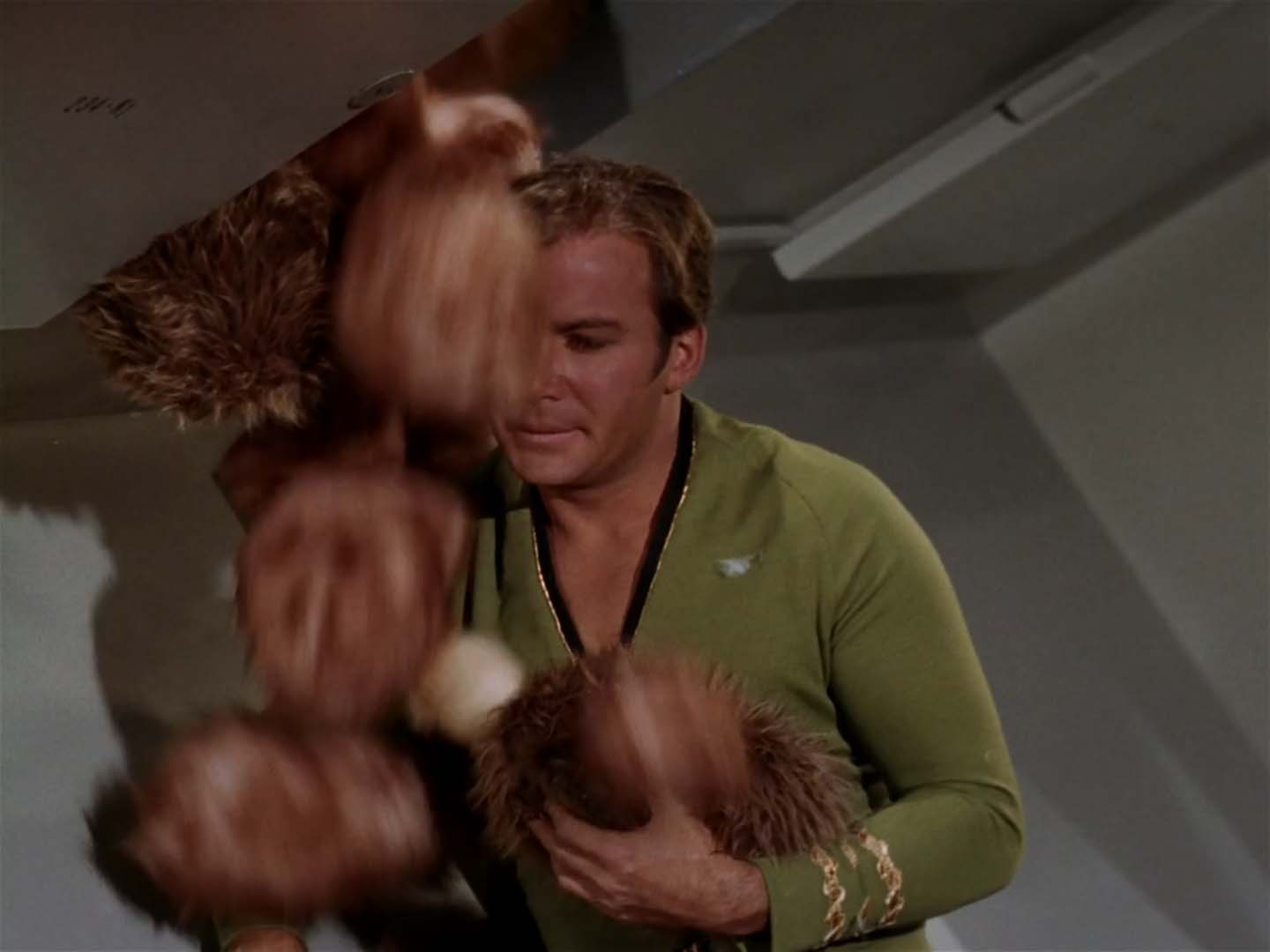
As the support from fans kept Star Trek alive for a second season, Captain Kirk and his crew continued their five-year mission to explore space. However, this time, the series began with a sector of space that was known to the Federation, Vulcan. The Enterprise broke away from their planned investigation of Altair VI when Mr. Spock began acting erratically without any known cause. On Vulcan, Spock introduced the enterprise to Vulcan culture, including the draw to the koon-ut-kal-if-fee that brought them there. This episode also marked the first use of the Vulcan salute and the use of “live long and prosper”.
Beyond the lasting impact of Vulcan and its people, this season introduced the little terrors that exponentially grew into fans’ hearts, the tribbles. These seemingly harmless fluffballs caused a huge issue once then began to breed on the Enterprise’s decks. These little creatures created havoc as the Enterprise tried to protect a high-yield grain. Fortunately, these critters also exposed the Klingon plot to poison the grain.
Otherwise, this season introduced the crew to many new threats, such as a planet dominated by Nazi beliefs and culture. No matter the challenge, the Enterprise never lost track of its mission. The crew continued to defend the Federation’s mission of peace, even when they went back in time to the 1920s.
Season 3
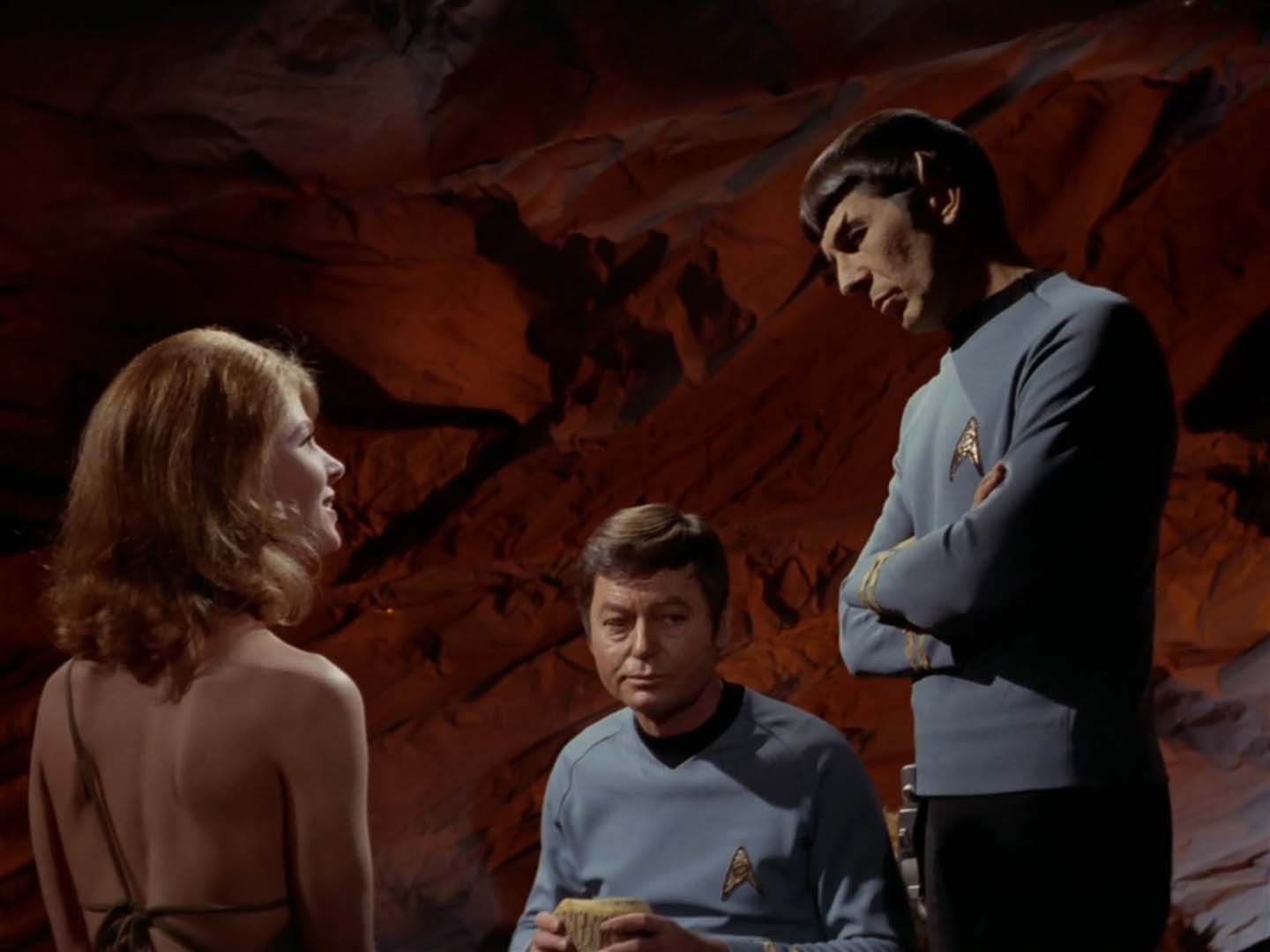
By the time the third season’s production started, NBC had lost faith in the series and its attraction. So, the budgets received massive slashes as the network aired the show in the dead of night. In response to these production changes, Gene Roddenberry stepped back from the production of the show. As such, the show suffered in this final season, which had fewer episodes than either of the prior seasons. Still, the crew continued to support Roddenberry’s utopian dreams.
Both the Romulans and Klingons continued to threaten the Federation’s peace by causing trouble for the Enterprise. Even outside of the animosity from these two groups, outside entities, like an energy entity manipulate and heighten the aggression between humans and Klingons. Only through the level-headed actions of Captain Kirk did the Enterprise prevent war from breaking out.
The series came to a close with “Turnabout Intruder”, where a seriously ill woman, Janice Lester, switched bodies with Captain James T. Kirk. With Kirk trapped in the unconscious body of Lester, the crew became troubled with the changes to Captain Kirk’s demeanor. Even as they figured out the identity of the imposter, they could do little to combat the authority of the fake captain. Luckily, the transfer wore off just before Lester could execute Kirk or any other crew members.
Even though the original series is long gone, the memories stay
While the original run of Star Trek only lasted for three seasons, the stage was set for future iterations of the franchise. Thanks to the overwhelming support of fans from the 70s, the original crew returned for several feature films, cementing the legacy of Star Trek. From there, new generations took up the mantle to introduce younger audiences to Roddenberry’s dream of united earth without sociopolitical divides. Even well past Roddenberry’s death, his legacy lives on with new Star Trek content.
Do you have old and used Star Trek toys?
If you have a collection of old and used toys, you can turn those toys into cash. There is no reason to let those old toys collect dust. Contact us today to sell your Star Trek toy collection.